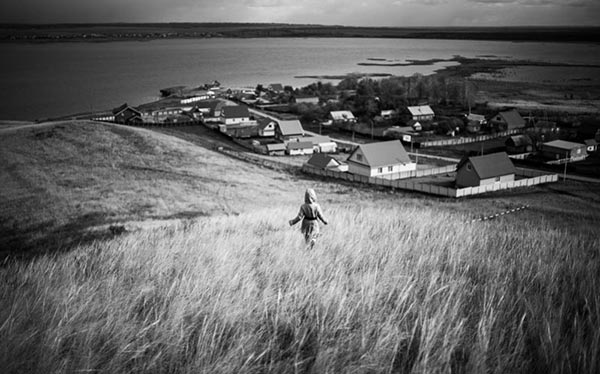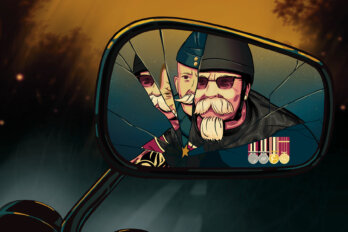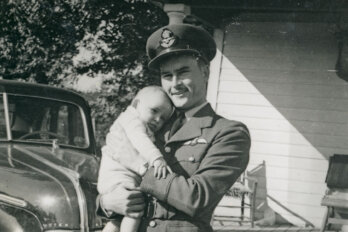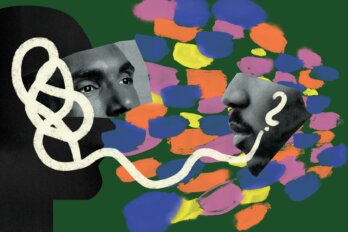Read through Canadian photographer Ian Willms’ blog long enough and you’ll find the sort of detail that storytellers of all kinds search for and hold onto.
Of particular interest is a February 2012 entry that Willms, then twenty-six, made from Cologne, Germany. “As we transitioned into [the new year], I made the resolution to take a sweeping and drastic step towards carrying out the work I have always wanted to do,” he wrote. “It feels like every photograph I have made up until now has been practice. Wish me luck.”
Willms’ objective was an ambitious one: to retrace the historical migration of the Mennonite people from the Netherlands eastward. Persecuted for their beliefs over a number of centuries, the Mennonites resettled as far away as Russia. (In the nineteenth and twentieth centuries, many fled west to North America.) As a descendant, the general idea had been with him for some time. But soon after publishing his blog post, Willms briefly panicked. The scale of the project was daunting. “I didn’t know anything: where I was going to stay, how I was going to afford it, if I was even going to find anything. It’s like that old proverb: ‘The journey of 1,000 miles begins with one step.’”
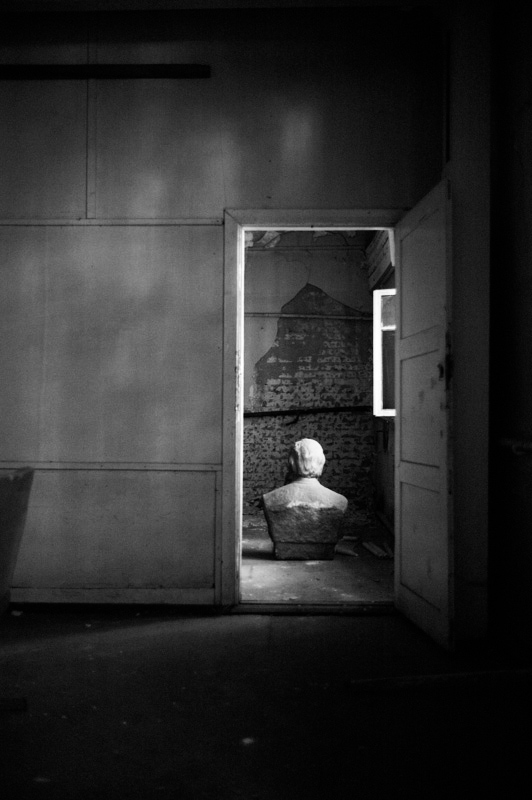
In 1923, a year before Lenin’s death, Willms’ great grandparents and their children left Russia. The family sailed west, ultimately spending ten months in Mexico before being allowed to enter Canada. The Road to Nowhere is dedicated to Willms’ late grandfather, John. “I always wished that I could have shown him this [project],” he says. “In a way, I did this work for him.”
The final result is The Road to Nowhere, an exhibition of twenty-five photographs currently showing at Toronto’s Contact Gallery. In the end, the work required two trips over two years, totalling a great deal more than 1,000 miles. From March to June 2012, Willms travelled through the Netherlands, Germany, Poland, and Ukraine. Late last August, he returned for three more months, flying to Barcelona and then travelling by train through Europe to Russia and right across Siberia.
Taken together, these photographs help us to understand—viscerally—the grisly truths in the historical record. With subjects like twentieth-century Russian history, the specifics can quickly blur to abstraction. Pictures like these remind us they are, in fact, real.
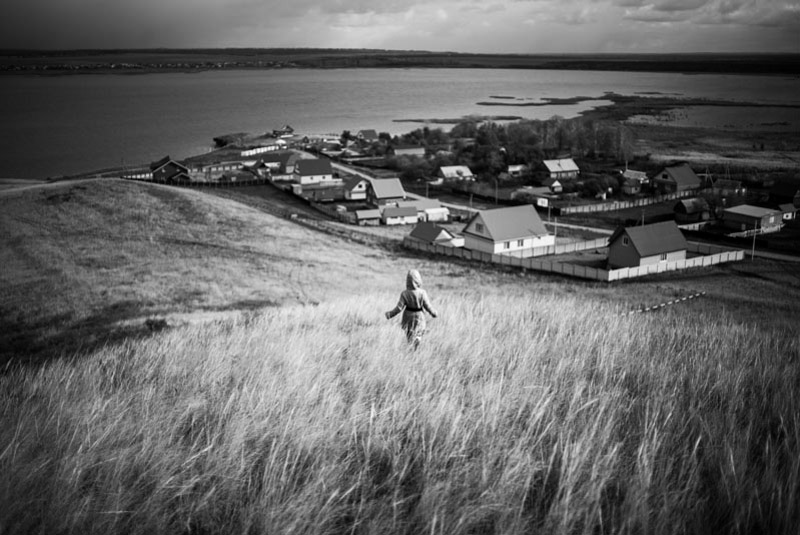
Nine-year-old Regina, pictured above, is distantly related to Willms. He met the girl’s family through a local museum director. “When I was making the photo, I was running after her. I could feel tears in my eyes and I had to stop and think, ‘I’m really, really happy right now.’ [When] you’re photographing [something like this], it’s almost like, rather than feeling your feelings, they’re going straight to your eye: ‘Okay, what am I feeling? How do I photograph it?’ The camera delays the reaction, and then I’m able to take it in small doses, to sit back and think, ‘Wow, I just had this incredible, life-altering moment. I didn’t know she existed and then there we were.’”
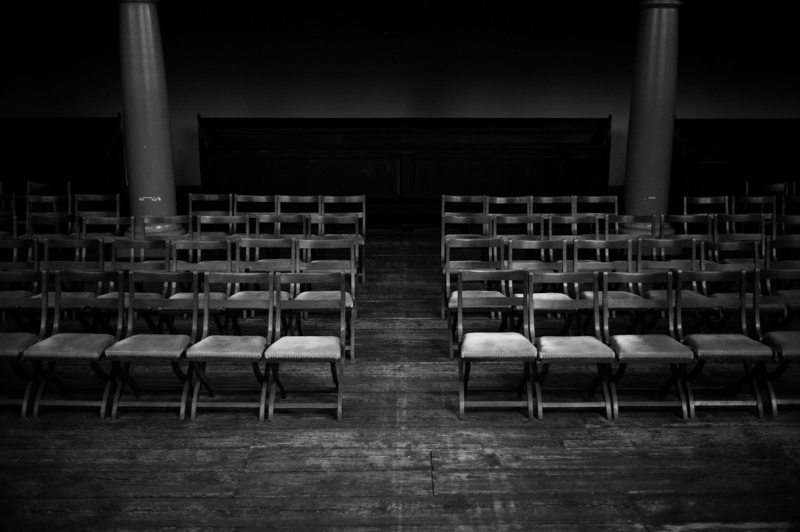
On black and white: “I got up the first morning [in Amsterdam] and…jumped out of bed, walked over to my desk, and turned around. There was this shape of me on the bed, but I’m not there. I was very interested in that in the moment. Looking back on it now, what I was interested in was [seeing] the human presence without seeing the person. And this is the essence of the project. So I took a picture of my bed in colour, then another in black and white. I looked at it on the screen and was like, ‘It’s black and white. That’s it.’” Willms found this church a few days later.
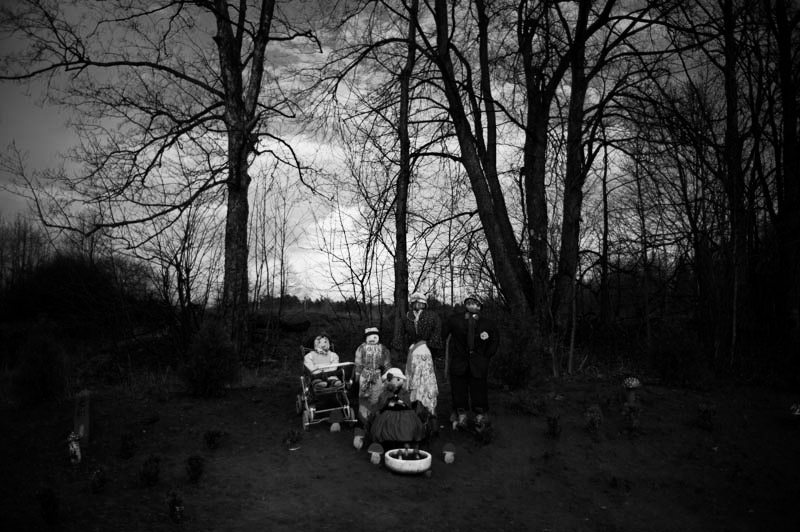
On shooting: “I adhere very strictly to the traditional journalistic rules of a photograph. I really like the idea of creating a picture that adheres to those rules, while [also] being so surreal or otherworldly or dreamlike that people think you’ve messed with it. To me, that’s the best picture.”
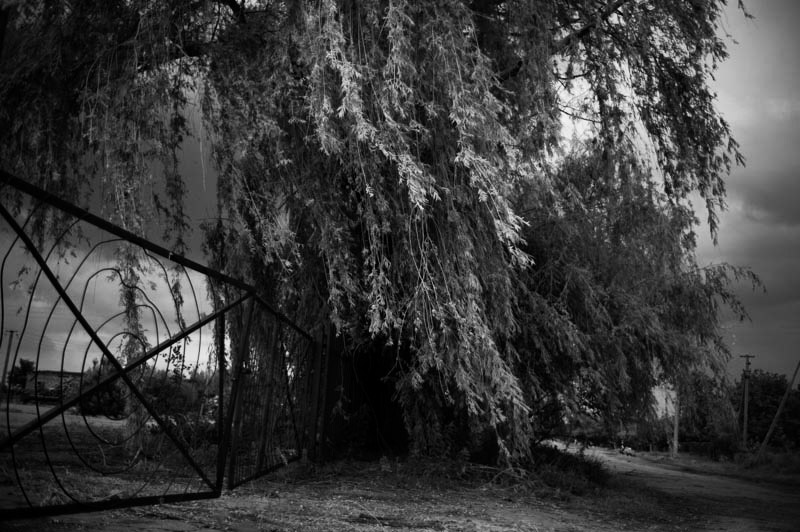
According to Willms’ research, members of a Mennonite colony were slaughtered at this spot some hundred years ago by Bolsheviks. “By the time I reached eastern Ukraine, I was getting really tired,” he says. “Some of those sites were super, super depressing. I had to imagine myself in those places at those times to try to bring the feeling out. At the end of the day, it’s just a picture of a willow tree, but if you think hard enough about the fact that people were murdered right there, and you think about what that meant for the survivors the day after, and just how sad it must have been, you can maybe get a more effective photograph. But doing that for months really weighed me down.”
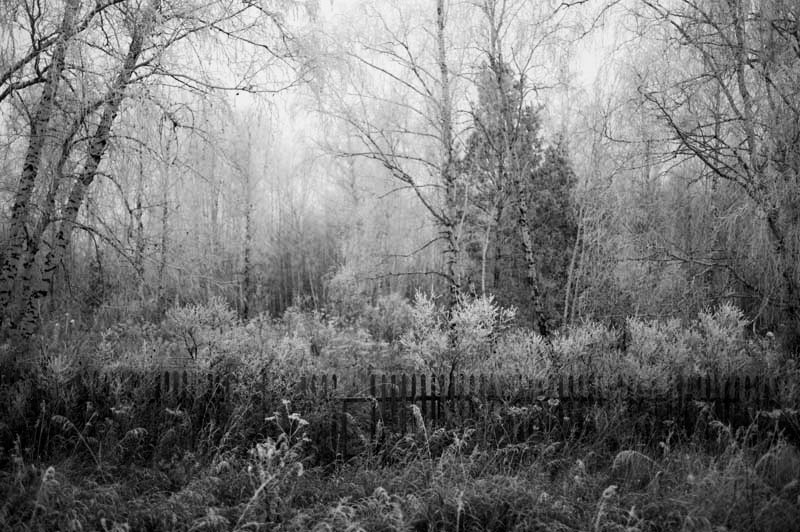
On how the project came together: “You start a story with an idea, but you’re open to seeing what it becomes. As soon as you crack the surface, it unfolds into this enormous thing. With the Mennonites, it was quick. I started reading whatever I could find on the Internet and then, all of a sudden, I realized that I can’t just go and find my family’s house. I had to start from the beginning, from where they started. I had to do this pilgrimage—see the land, smell the air, hold the soil in my hands, stand in those houses, just try to be there. I’m glad I waited. Even from the first to second trip, I could see a clear progression in how I was shooting. I would have never been able to do it justice a few years ago.”
The Road to Nowhere was photographed with digital Leica cameras. The exhibition continues through March 7, 2014 at Contact Gallery, 310-80 Spadina Avenue, Toronto.

